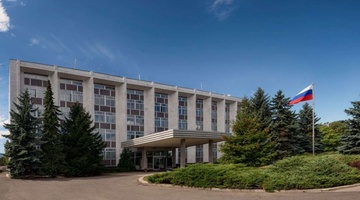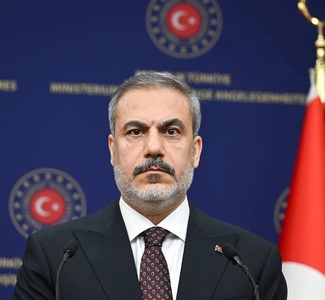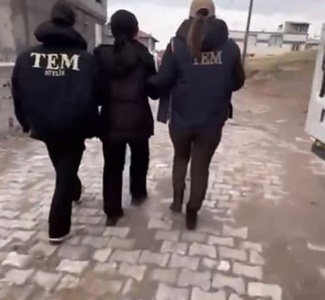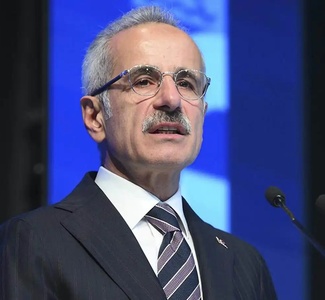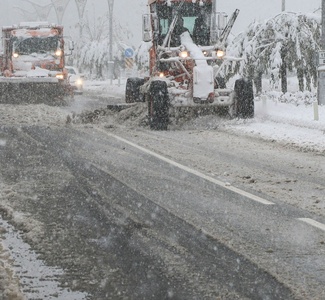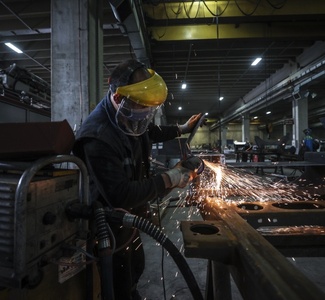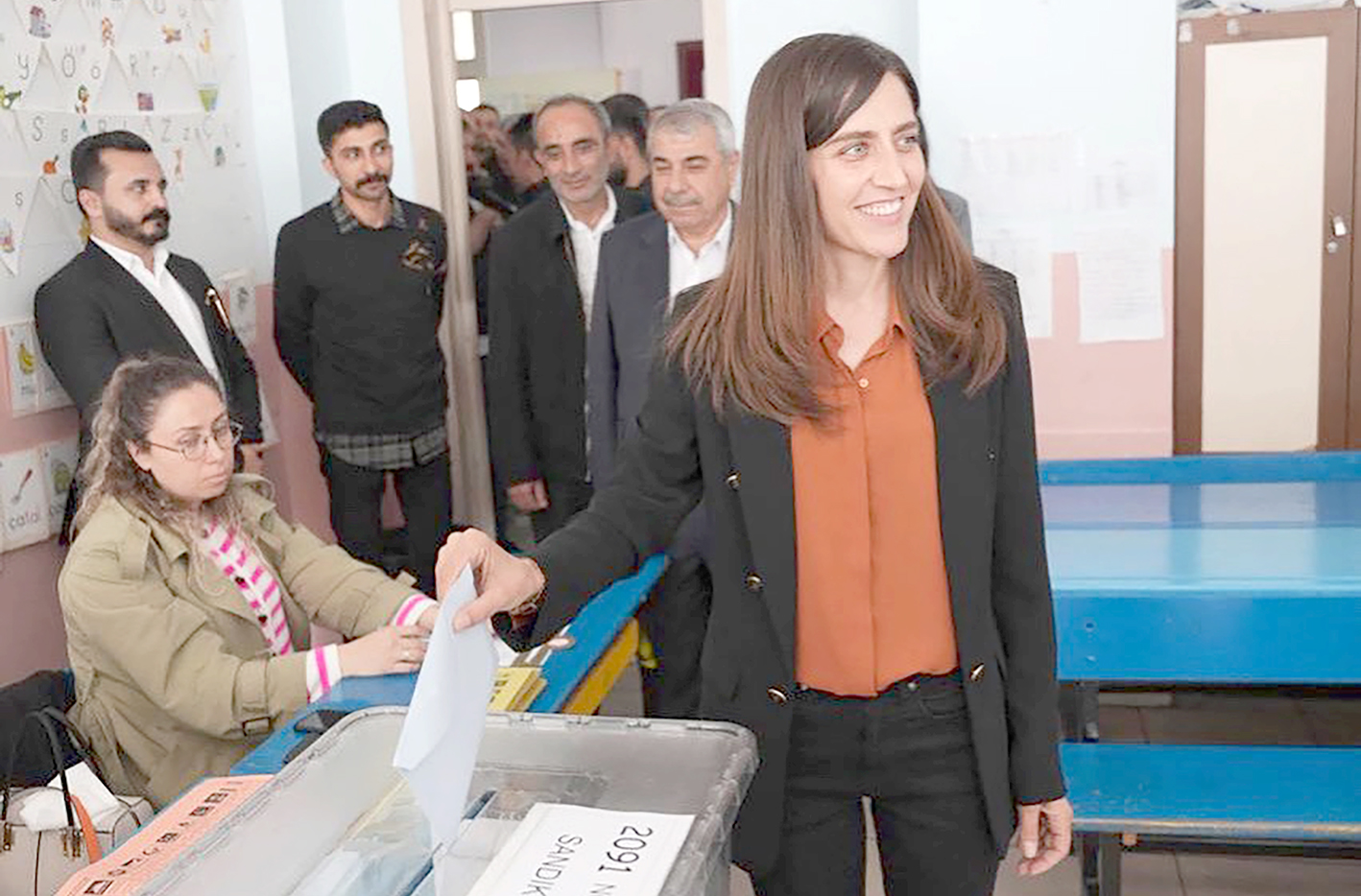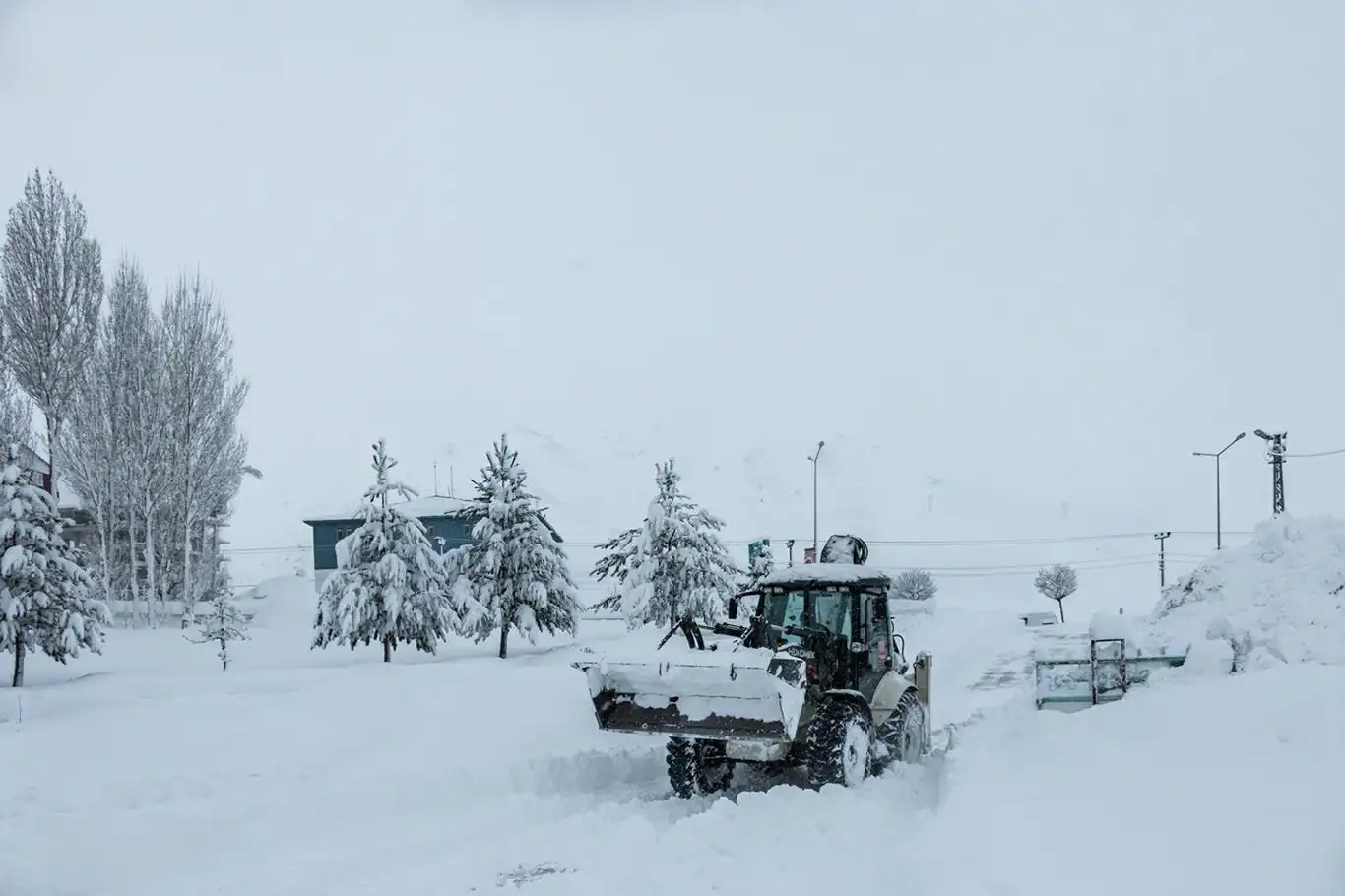Türkiye’s elderly population rises by 24.0% in the last 5 years—statistical agency
The elderly population became 8 million 245 thousand 124 persons, the Turkish Statistical Institute said in a statement on Friday.
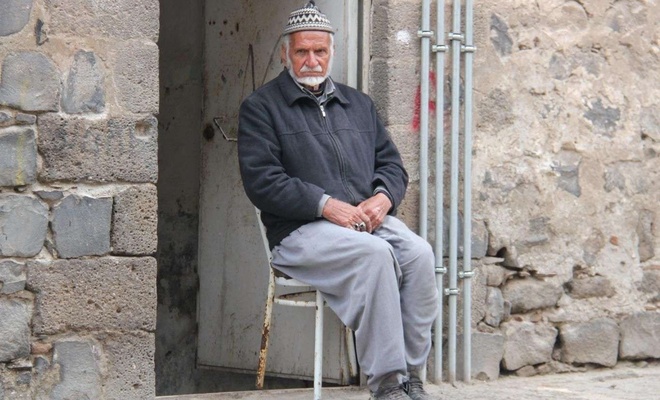
 Google News'te Doğruhaber'e abone olun.
Google News'te Doğruhaber'e abone olun. While the elderly population including 65 years and over was 6 million 651 thousand 503 persons in 2016, it increased by 24.0% in the last five years and became 8 million 245 thousand 124 persons in 2021.
While the proportion of the elderly population in the total population was 8.3% in 2016, it increased to 9.7% in 2021. 44.3% of the elderly population was males and 55.7% was females in 2021.
According to the population projections, the proportion of elderly population was expected to be 11.0% in 2025, 12.9% in 2030, 16.3% in 2040, 22.6% in 2060 and 25.6% in 2080.
64.7% of elderly population was in 65-74 age group
When elderly population was examined by age group, it was seen that while 61.5% of the elderly population was in the age group of 65-74, 30.2% of it in the age group of 75-84 and 8.2% in the age of 85 and over in 2016, 64.7% of the elderly population was in the age group of 65-74, 27.3% of it in the age group of 75-84 and 8.0% in the age of 85 and over in 2021.
Age structure of Türkiye's population was changed
Passing the proportion of 10.0% of the elderly population in the total population is an indicator of the aging population. In Türkiye, the elderly population increased with a rate higher than that of other age groups.
Türkiye is in the process of demographic transition, which is called the global aging process. Türkiye's shape of age structure changed with advances in public health, better living conditions, increases in welfare level and life expectancy along with decreasing rates of fertility and mortality. The proportion of children and youth in the total population decreased, whereas the proportion of elderly people in the total population increased. Even though Türkiye has a young population among countries with older age structure, the absolute number of elderly population is quite high.
Median age of Türkiye's population increased
The median age is the age of the person in the middle when the ages of the all people in the population are sorted from the new-born baby to the oldest. The median age, one of the indicators of aging population, was 31.4 in 2016 and 33.1 in 2021. The median age was 32.4 for males and 33.8 for females in 2021.
According to the population projections, the median age was expected to be 34.1 in 2025, 35.6 in 2030, 38.5 in 2040, 42.3 in 2060 and 45.0 in 2080.
Elderly dependency ratio was 14.3% in 2021
Elderly dependency ratio means that the number of elderly persons per hundred persons in working age. While the elderly dependency ratio was 12.3% in 2016, this ratio increased to 14.3% in 2021.
According to the population projections, elderly dependency ratio was expected to be 16.4% in 2025, 19.6% in 2030, 25.3% in 2040, 37.5% in 2060 and 43.6% in 2080.
Türkiye was in the 68th rank among 167 countries by the proportion of elderly population
According to the population estimates, the world population was 7 billion 831 million 718 thousand 605 people and the elderly population was 764 million 321 thousand 142 people in 2021. According to these estimates, 9.8% of the world population was elderly population. The three countries that had highest proportion of the elderly population were Monaco with 34.3%, Japan with 28.8% and Italy with 22.8%, respectively. Türkiye was in the 68th rank among 167 countries.
Province with the highest proportion of elderly population was Sinop
The province that had the highest proportion of the elderly population was Sinop with 20.1% in 2021. This province was followed by Kastamonu with 19.2%, Artvin with 17.8%. The province that had the lowest proportion of the elderly population was Şırnak with 3.5%. This province was followed by Hakkari with 3.9%, Şanlıurfa with 4.0%.
When the proportions of the elderly population are analyzed at the provincial level by years, the number of provinces with the highest rate of elderly population in the total population was 8 in 2016, and 22 in 2021. According to population projections, it was estimated that the number of provinces with the highest proportion of elderly population will increase to 33 in 2025.
It was observed that the provinces with the lowest proportion of the elderly population in total population are Şanlıurfa, Şırnak, and Hakkari which have a young population structure.
There was at least one elderly person in about one in 4 households
In Türkiye, 6 million 112 thousand 760 households out of 25 million 329 thousand 833 households consisted of at least one elderly person aged 65 and over in 2021. In other words, at least one elderly person lived in 24.1% of households.
There were 1 million 561 thousand 398 elderly people living alone in Türkiye
In Türkiye, 1 million 561 thousand 398 households out of 6 million 112 thousand 760 households consisted of one elderly person living alone. 74.9% of these households was elderly females and 25.1% was elderly males.
The province with the highest proportion of one-person elderly households was Burdur
The province that had the highest proportion of one-person elderly households in the households with at least one elderly person was Burdur with 35.2% in 2021. This province was followed by Balıkesir with 34.9% and Çanakkale with 34.4%. The provinces that had the lowest proportion of one person elderly households was Hakkari with 6.5%. This province was followed by Şırnak with 12.5% and Batman with 12.9%.
Number of centenarians was 5 thousand 859 in Türkiye
The number of centenarians which constituted 0.1% of elderly population was 5 thousand 859 in 2021. While the first three provinces that had the highest centenarians were İstanbul with 815 persons, Şanlıurfa with 276 persons and Mardin with 272 persons, the first three provinces that had the lowest centenarians was Bartın and Bayburt with 7 persons, Ardahan and Bilecik with 8 persons.
Proportion of educated elderly population increased
While the proportion of illiterate elderly population was 20.8% in 2016, it decreased to 15.6% in 2020. It was seen that the proportion of illiterate elderly female population was about 5 times higher than that of elderly male population in 2020. While the proportion of illiterate elderly female population was 24.2%, this proportion was 4.7% for elderly male population.
When elderly population was examined by level of education, it was seen that while 43.7% of elderly population was primary school, 5.6% of them was junior high school or equivalent/primary education, 5.9% of them was high school or equivalent, 5.8% of them was higher education graduates in 2016, these proportions increased to 46.1% in primary school, 7.9% in junior high school or equivalent/primary education, 8.0% in high school or equivalent and 7.4% in higher education graduates in 2020.
When the level of education of elderly population was examined by sex, it was seen that there was a significant difference between sexes. It was seen that the proportion of the elderly male population was higher than that of female population at all completed levels of education.
Proportion of widowed elderly females was 4 times higher than those of males
When elderly population was examined by legal marital status, it was seen that there were significant differences between sexes. While 1.3% of elderly male population was never married, 83.7% of them was formally married, 3.6% of them was divorced and 11.4% of them was widowed, it was seen that 2.7% of elderly female population was never married, 46.0% of them was formally married, 4.0% of them was divorced and 47.4% of them was widowed in 2021.
Poverty rate was 16.7% for elderly population
According to the results of income and living conditions survey, while poverty rate calculated by using 60% of equalized household disposable median income was 21.2% for Türkiye in 2016, this rate was 21.9% in 2020. While poverty rate for elderly population was 16.0% in 2016, this rate was 16.7% in 2020.
When the poverty of elderly population was examined by sex, it was seen that while the poverty rate for elderly male population was 14.7% in 2016, this rate was 15.6% in 2020. While the poverty rate for elderly female population was 17.0% in 2016, this rate was 17.6% in 2020.
Labour force participation rate was 10.0% for elderly population
According to the results of household labor force survey, while the labor force participation rate for 15 and over aged population was 52.0% in 2016, this rate was 49.3% in 2020. While the labor force participation rate for elderly population was 11.8% in 2016, this rate was 10.0% in 2020. When the labor force participation rate was examined by sex, it was seen that this rate was 16.8% for elderly male population, and it was 4.6% for elderly female population in 2020. While the unemployment rate of elderly population was 2.6% in 2016, it was 2.7% in 2020.
64.2% of employed elderly population was in agricultural sector
According to the labor force statistics, when the sectoral distribution of employed elderly population was examined, it was seen that elderly population was employed in agricultural sector with 64.2%, services sector with 27.7%, industry sector with 6.1% and construction sector with 2.0% in 2020.
Proportion of elderly people who declared themselves as happy was 56.2%
According to the results of life satisfaction survey, while the proportion of individuals aged 18 and over who declared themselves as happy was 49.3% in 2021, this proportion was 56.2% for individuals aged 65 and over. When the general level of happiness was examined by sex, 51.2% of elderly males and 60.1% of elderly females declared themselves as happy in 2021.
Source of happiness for elderly people was their families with 59.9%
According to the results of life satisfaction survey, sources of happiness for elderly people was their families with 64.2%, their children with 18.0%, their spouses with 6.9% and their grandchildren with 6.4% in 2016. In 2021, sources of happiness for elderly people was their families with 59.9%, their children with 21.5%, their grandchildren with 8.1% and their spouses with 6.2%.
Proportion of elderly people using Internet increased by 4 times
According to the results of information and communication technology usage survey in households and by individuals, while the proportion of elderly people using Internet in the 65-74 age group was 8.8% in 2016, this proportion increased to 32.5% in 2021. When the elderly people using Internet were examined by sex, it was seen that males used Internet more than females. While the proportion of elderly males using Internet was 40.0%, the proportion of elderly females was 25.9% in 2021. (ILKHA)





























